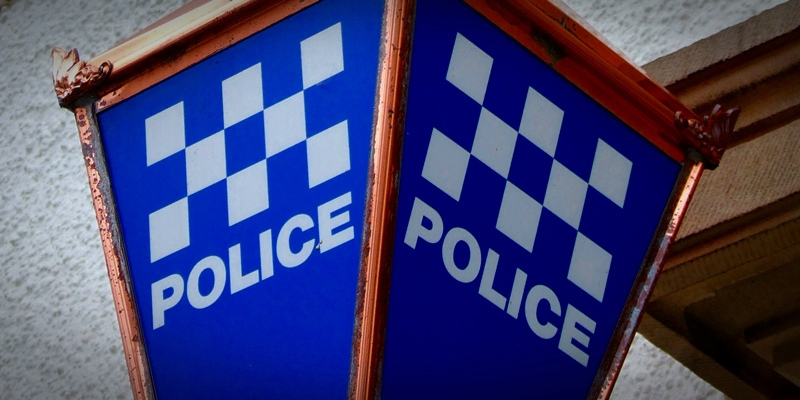The controversial plans for a single police force could mean fewer officers on the beat, according to one councillor with close links to the Tayside force.
Councillor Alexander Stewart, leader of the Conservative group on Perth and Kinross Council and a member of the Joint Board of Tayside Police, has expressed fears about the ramifications of a single police force for Scotland. He spoke out after Superintendent Jim Leslie of Tayside Police predicted the move, which should save around £130m a year naionally, would have ”minimal impact” on the public.
”Time will tell but I have to reiterate my serious reservations because I do not fundamentally believe ‘big is beautiful’ when you are dealing with something as localised as crime and disorder,” said Mr Stewart.
”Over the past eight years that I have been fortunate enough to be a member of the police board, I have seen considerable change in the way the force operates. We are currently experiencing the lowest crime rate in a decade, and that is to be welcomed, but with the introduction of a single force in 2013, I have some serious reservations.
”A single force will, I believe, be immensely powerful and that will be required to be managed. It will need to be transparent and beyond reproach and there will require to be an open and positive public scrutiny of the force.
”From what I have read and information I have received, it is a model created to control and influence, particularly in relation to budget and policy. This model leaves little encouragement to challenge wrong thinking or even wrongdoing. I also fundamentally believe that these proposals are undemocratic, only designed for the comfort the Scottish Government and not for the locally-elected representatives.
”Once this force is established, resources may well be scarce and there could possibly be a redistribution of current resources and they will be led by budgetary constraints which may in time have an impact on front-line officers. Tayside Police is seen as a sector leader across the eight forces at present, and all that experience, wealth of knowledge and positive outcomes for our communities could well be at risk.”
Justice Secretary Kenny MacAskill has defended the move. ”We have devised the strongest possible plans for the future of police and fire services in Scotland, which reduce duplication, not the quality of vital services,” he said.
If the legislation is approved by the Scottish Parliament, the Police Service of Scotland will come into being in April next year. The changes are included in the Police and Fire Reform (Scotland) Bill, designed to create links between the police and local authorities. Under the new regime, localised policing plans will have to be approved by local authorities.
Last week Mr Leslie said when the change to one force comes it will be a ”big step” but he is confident it will prove effective.
